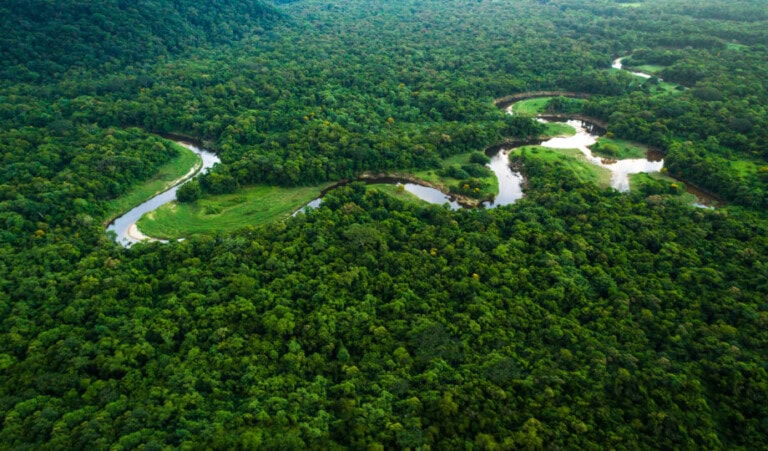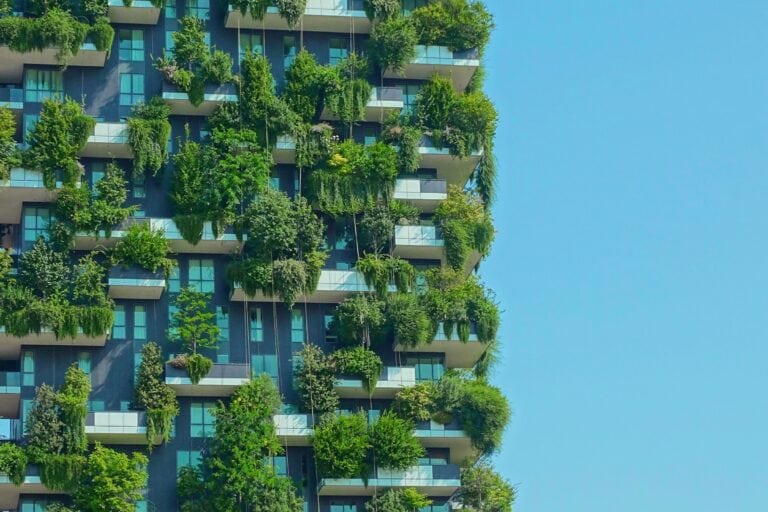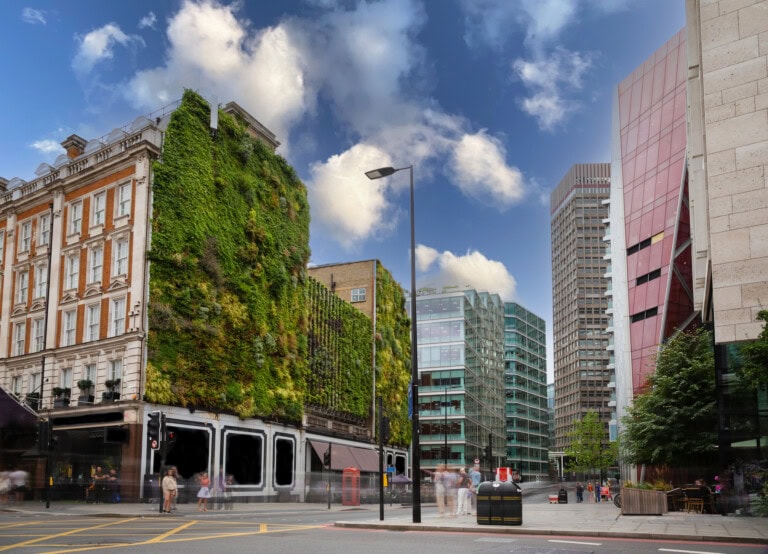Framework for a Nature-Positive Built Environment

We may be at a tipping point in our relationship with nature. The loss of biodiversity and the rapid degradation of ecosystems have reached critical levels, pushing us closer to irreversible changes. In response to this reality, the Global Biodiversity Framework (GBF) has set an ambitious goal to halt the loss of biodiversity by 2030 and begin to reverse it by 2050. The UK has followed, committing to protecting 30% of its land and seas by 2030, underscoring the need for immediate action.
Amid this urgent need, the term “nature-positive” has emerged. Nature positive represents a collective effort to combat biodiversity loss and the negative impacts on the natural environment, transforming it into a shared goal: “A Global Goal for Nature Positive by 2030”.
The built environment industry has a crucial role to play here, but the big question is how. Through this Framework Definition, we’re working to provide the clarity, tools, and guidance needed to ensure the built environment can take meaningful steps toward this goal—starting now.
Aim of the Framework

What are the objectives of the work?
Providing clarity
Providing global context
Providing rigour and accountability
Developing a clear understanding
Shaping the Framework: A Collaborative & Industry-Driven Approach
We’re building this Framework through a dynamic and inclusive process, ensuring it is holistic, practical, and tailored to the needs of the built environment. This includes:
- Task Group Expertise – Bringing together industry leaders via online and in-person meetings to shape the foundations.
- Collaboration Cafés – Open discussions to gather diverse perspectives.
- Background research – performing literature reviews, and taking part in events to consider and integrate, as appropriate, what is already happening worldwide
- Targeted Interviews – Deep dives with key stakeholders to refine insights.
- Industry Consultation – A broad call for input to ensure the Framework is robust, relevant, and widely supported.

Latest Updates
The Framework will be launching in winter 2026.
Acknowledgements
Resilience & Nature Programme Partners
With thanks to our programme partners who make our work on nature possible.





Project Partners
With thanks to the following partners for making our Nature Positive work possible.

Related content
Embodied Ecological Impacts
The impact of the materials we use in our built environment is not limited to carbon emissions. This knowledge hub explores the global ecological impacts of the building materials we use in the UK, and how to avoid harm and maximise nature-positivity.

Biodiversity and Environmental Net Gain

The Value of Urban Nature Based Solutions
UKGBC have launched guidance to increase the use of urban nature-based solutions through the identification of their holistic value and variety of beneficiaries, which can generate innovative financing opportunities.

Nature-Based Solutions Infographics
Discover how to best retrofit and maintain nature-based solutions within our built environment with these two informative infographics.

